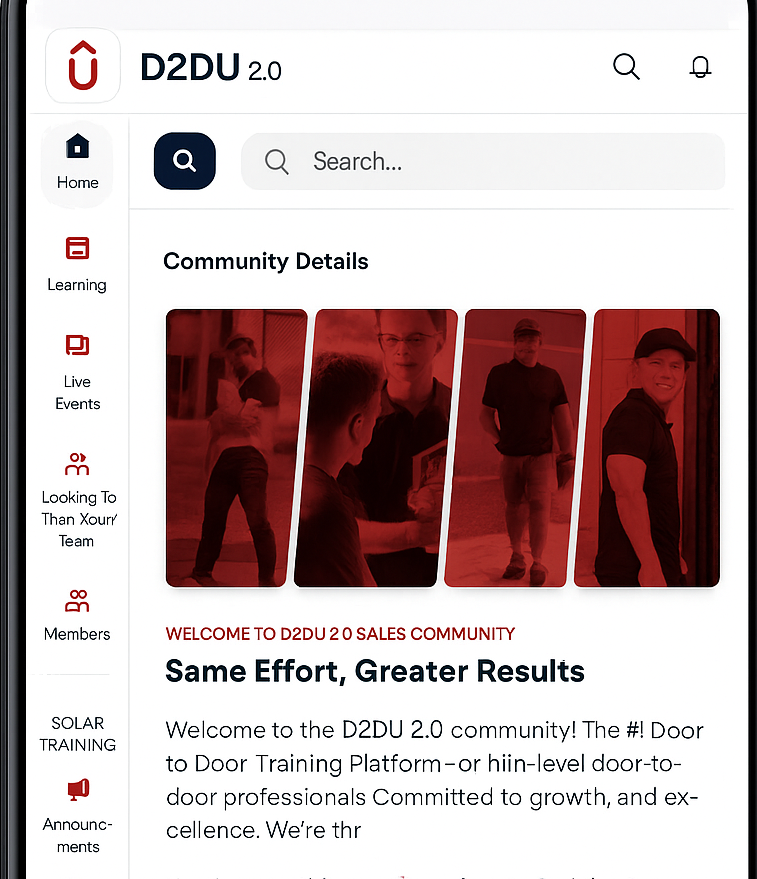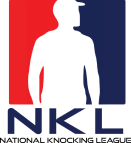Your techs aren’t Uber drivers. Every dead-end drive is payroll burned, routes blown up, and another “didn’t show” in Slack. If you’re tired of ghost leads and “maybe next month” tire-kickers, here’s the fix: only send your closers to homes where someone has an active pest problem, a real decision-maker is present, and the calendar slot is locked.
This guide turns the puzzle into a process: a modern training approach for handling Pest Control Sales Leads, a practical sales plan, battle-tested selling tips, and the tools that keep the flywheel spinning.
KEY POINTS
- Consistent prospecting and clean follow-ups beat “magic scripts” for predictable route growth.
- Use photo proof, a re-service guarantee, and 3-option offers to lift close rates.
- Refresh talk-tracks seasonally and run a 1-3-7-14 cadence to keep deals moving.
Why High-Quality Pest Control Sales Matter in Today’s Market
Focusing on quality leads isn’t just about efficiency; it’s about building a sustainable business.
- Higher LTV: Recurring routes compound revenue, making each closed home a future referral hub. A good lead turns into an annuity.
- Seasonal Spikes: A trained team can capitalize on peak months (ants, spiders, mosquitoes) and sustain during shoulder seasons with valuable add-ons like rodent control, termite inspections, or weed treatments.
- Reputation Flywheel: Fast service plus clear expectations equals 5-star reviews. Those reviews lower your future customer acquisition cost (CAC) and create a brand that top talent wants to join. Showcase those wins at industry events like D2DCon to attract A-players and partners.
The System: Modernizing Your Pest Control Sales Training
Forget outdated manuals. A modern sales training program blends skills, systems, and standards. It’s a machine, not a memo. Here’s what it includes:
- ICP Clarity: Absolute certainty on your Ideal Customer Profile (e.g., homeowners with kids/pets vs. property managers, HOA boards, or food service businesses).
- Prospecting Cadence: Non-negotiable daily quotas for doors knocked or calls made, referral asks after every service, and neighborhood blitzes.
- Discovery Framework: A set of questions to diagnose seasonality, pest pressure, health concerns, and the presence of kids or pets.
- Pitch and Proof: A simple, repeatable offer backed by social proof (local reviews) and a rock-solid guarantee.
- CRM Hygiene: A strict “set-next-step” policy for every interaction. Every lead has notes, photos, and a follow-up date. No exceptions.
- Constant Calibration: Weekly role-plays and in-field ride-alongs to ingrain talk-tracks and eliminate bad habits.
Upgrade your curriculum with modern pest control sales training modules and sales training tips designed specifically for door-to-door teams.
The Game Plan: How to Create a Pest Control Business Sales Plan
A simple, written plan that gets executed beats a complicated one that collects dust. Build yours around these five pillars:
| Pillar | Key Actions |
| Territory & Targets | Map your city’s pest-pressure hotspots. Set crystal-clear daily activity goals (e.g., 50 knocks, 10 conversations, 2 estimates). |
| Offer & Pricing | Lead with outcome-based packages (initial flush + quarterly service). Always highlight kids/pets safety, sanitation, and your re-service guarantee. |
| Prospecting Mix | Combine door canvassing, inbound lead nurturing, referral campaigns, and neighborhood domination after every install. Use a door-knocking app for pest control reps to track every touchpoint. |
| Follow-up Machine | Automate your follow-up. Use auto-texts for no-shows, a “1-3-7-14” day reminder sequence for open estimates, and always send before/after photos to showcase value. |
| Metrics & Meetings | Run daily huddles to set the tone, weekly pipeline reviews to solve problems, and coach to conversion rates, not just call volume. |
Fewer cancelations, fuller routes
Train new reps fast and keep them selling through the summer

The Tactics: How to Sell Pest Control Services Effectively
Step 1: Understand the Customer’s Real Pain Points
Connect the dots between a nuisance and a genuine risk. You aren’t just selling bug spray; you’re selling peace of mind. Dig deeper than “I saw a spider” by asking probing questions:
- “Where are you seeing the most activity and how often?”
- “Are there any kids, pets, or food sensitivities in the home we should be aware of?”
- “Have you tried other treatments before? Tell me what worked and what didn’t.”
Step 2: Craft a Compelling 90-Second Sales Pitch
Don’t lecture them. Give them a clear, concise offer they can understand immediately.
“We start with a full perimeter and entry-point flush, treat all the harborage zones under your eaves and in the landscaping, and set up monitoring. Because we’re already servicing your neighbors, I can include the initial service discount and our re-service guarantee. That means if the pests come back, we come back—for free. Would mornings or late afternoons work better for you?”
Strengthen the close with social proof (“The Johnsons two doors down just left us a 5-star review”), visible expertise (ID the pest on sight), and absolute clarity on pricing, schedule, and safety. Keep your talk-track sharp with ongoing sales training for pest control and a tidy door-to-door software stack.
Get the Winning Scripts
Want the exact checklists, objection-handling scripts, and closing lines that top D2D teams use? We’ve put them all in one place. Download the D2D Sales Playbook (Free)
The Ramp-Up: Pest Control Sales Training for Your Team
Build a structured 10–12 week onboarding program to create consistent performers.
Ongoing: Calibrate skills weekly. Celebrate every win publicly. Refresh talk-tracks each season to stay sharp.
Weeks 1–2: Foundations. Immerse new reps in your ICP, safety protocols, product knowledge, and role-play etiquette.
Weeks 3–6: Field Reps. This is all about action. Reps do ride-alongs with seniors, run daily prospecting blocks, and participate in pitch gauntlets and objection-handling clinics.
Weeks 7–10: Pipeline Mastery. Reps learn to manage their own book of business using CRM follow-up automation, neighborhood stacking techniques, referral scripts, and review requests.
Conclusion
Winning in pest control sales isn’t complicated; it’s about consistency. Define your ideal customer, script a simple and powerful offer, and install a follow-up machine that never sleeps. Train your team weekly, measure performance daily, and use tools that keep reps knocking and closing. Start with one of these improvements this week—then iterate relentlessly.
Free Playbooks (Templates & Scripts)
Want the exact checklists and scripts top teams use?

Frequently Asked Questions (FAQs)
Can you make good money selling pest control? Absolutely. The recurring route model means reps earn commissions on new starts and retained customers. Top performers stack their income by generating referrals and 5-star reviews, which often come with bonuses.
How do you sell more pest control? Know the season’s top pests like the back of your hand. Tighten your 90-second pitch until it’s flawless. Build a follow-up sequence for every “not now” lead. After every service, “stack” the neighborhood by knocking on the five closest doors. Track everything in a door-to-door CRM for pest control to leave no opportunity behind.
How do pest control salesmen get paid? The most common structure is a base salary plus commission on new starts. Many companies add spiffs for selling add-on services (like termites or rodents) and bonuses tied to customer retention and positive reviews. The best compensation plans align with route quality and profitability—not just sales volume.






















